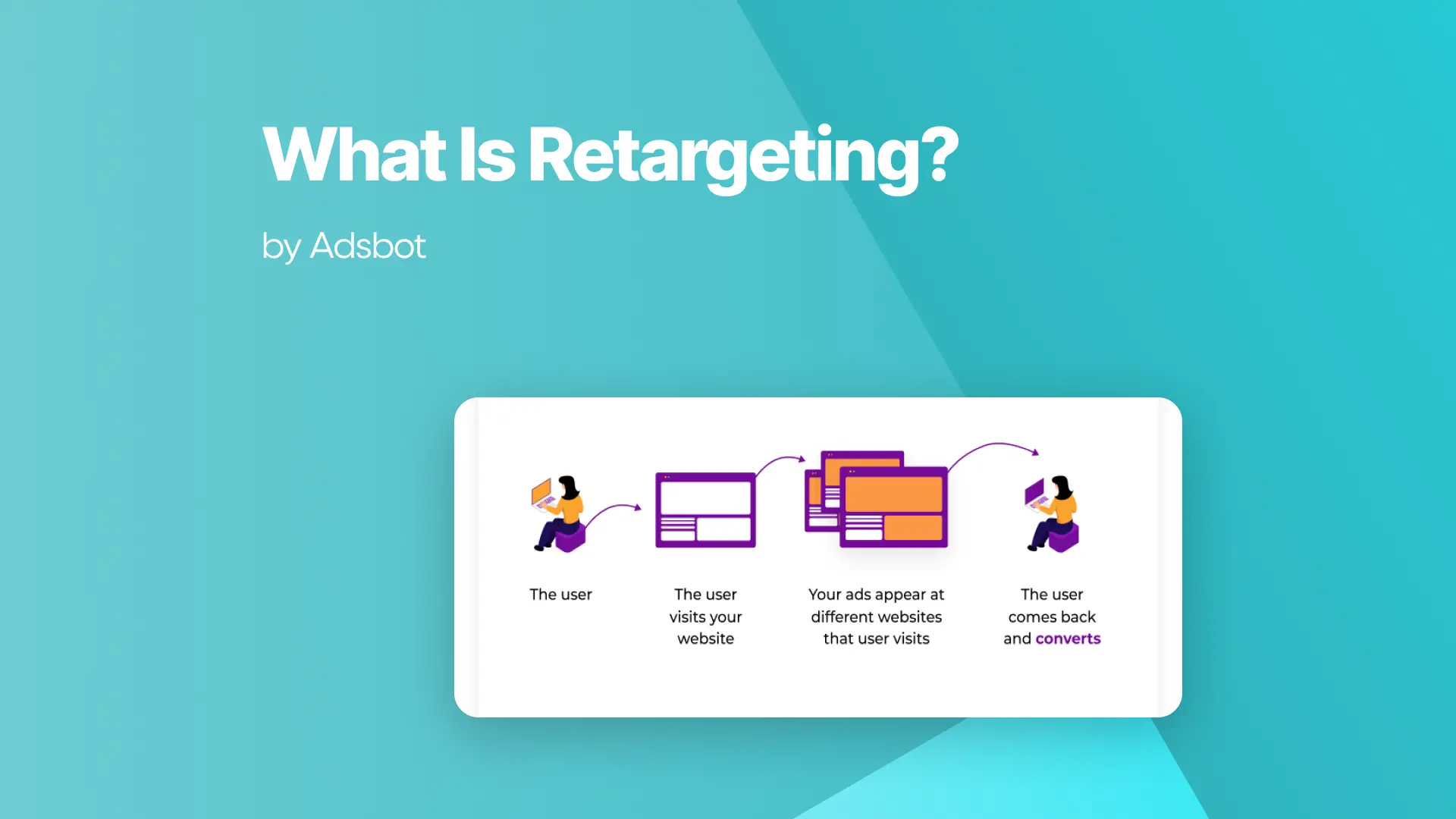A new methodology transforms the field of internet advertising through the advent of retargeting. Proceed quickly for an in-depth review of retargeting, encompassing its essence, the modus operandi of retargeting campaigns, requests pertaining to implementation techniques, and a detailed overview of the various formats of advertisements.
What Does Retargeting Mean?
In the world of digital marketing tactics, retargeting in digital marketing encompasses the process of reconnecting with people after their prior engagement with your website, application, or online material. The basic idea revolves around reviving the attention of people who have before displayed interest by visiting a website or availing themselves of a specific service. To incite users to revisit and take part in desired endeavors, such as finalizing a transaction or completing a form, corporations employ retargeting strategies. These methodologies ensure the perpetual presence of their brand, merchandise, or services within the center of customers’ cognitive faculties.
What is Retargeting in Digital Marketing
Retargeting, also known as remarketing, is a digital marketing strategy that targets users who have previously interacted with your website or brand but did not complete a desired action, such as making a purchase or filling out a form. This technique uses cookies to track visitors and display targeted ads to them as they browse other sites or social media platforms. By reminding users of your brand and offering relevant ads based on their previous interactions, retargeting aims to recapture their interest and encourage them to return and convert. Additionally, incorporating location extensions in your retargeting ads can further enhance relevance by showing users your physical store locations, encouraging local visits alongside online conversions. This strategy is effective in increasing conversion rates, enhancing brand recall, and maximizing the return on your advertising spend.
How Retargeting Campaigns Work?
A vital component of retargeting marketing lies in making use of surveillance equipment, such as cookies, to carefully observe and track user behavior. In the event that an individual does a search on a website but avoids carrying out the intended action, such as making a purchase, a cookie is preserved within their browser. By retaining this data within the user’s cookie, the website has the capacity to monitor and trace their online endeavors across various platforms. After that, the visitor will see customized advertisements related to the identical commodities and amenities that had initially piqued their interest on the previously mentioned website, with the positive anticipation that said advertisements shall serve as a catalyst for their subsequent return and ultimate completion of a transaction.
When Should You Use Retargeting Campaigns?
There are few situations in which retargeting campaigns work quite well:
Types of retargeting marketing can encourage customers to finish their purchases when they leave products in their carts but don’t click the ‘Confirm’ button. By showing adverts for particular items to customers who have browsed but not purchased them, retargeting helps keep their interest peaked and encourages them to come back.
How Many Types of Retargeting Ads are There?
- Standard Retargeting Ads: One kind of retargeting ads is the standard one; it shows up on several websites and platforms to make people think about things they were interested in but didn’t buy.
- Dynamic Retargeting Ads: Personalized and ever-changing, dynamic retargeting advertising emphasize certain items or information that consumers interacted with on a website, boosting relevancy and interaction.
- Email Retargeting: These campaigns employ email channels for interacting with people who have interacted with the site but have not subscribed or done what they wanted to. The goal is to convince them to re-engage via email.
- Social Media Retargeting: Social media retargeting refers to advertisements that appear on social media sites and target individuals based on their behavior on such sites or the content they observed.
- Search Retargeting: Displaying ads to consumers based on their search activity, regardless of whether they have visited a particular website. This retargeting strategy takes into account the bigger picture of the user’s purpose.
Popular Posts
-
How Many Keywords Should Be In an Ad Group in Google Ads?
Ever wondered if your Google Ads campaigns are packed with…
Read more -
Google Ads Script for Dummies: An Introduction
Imagine you have an e-commerce website that sells licensed superhero…
Read more -
Google Ads Sitelink Character Limits
Your Google Ads are cutting off in the middle of…
Read more -
What Is Conversion Value in Google Ads?
What if you could put a price tag on every…
Read more
Register for our Free 14-day Trial now!
No credit card required, cancel anytime.





